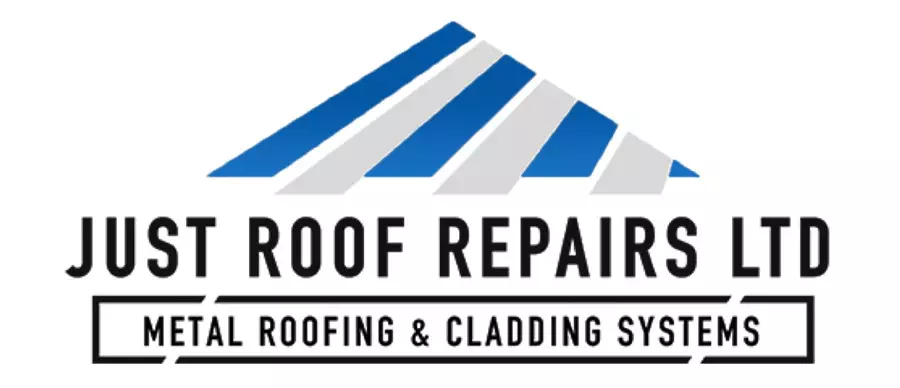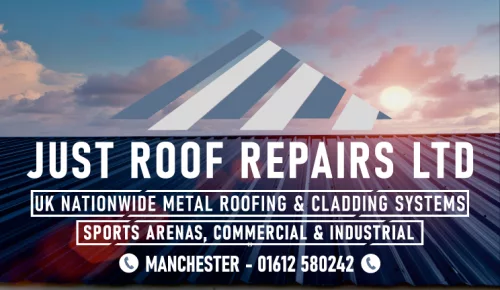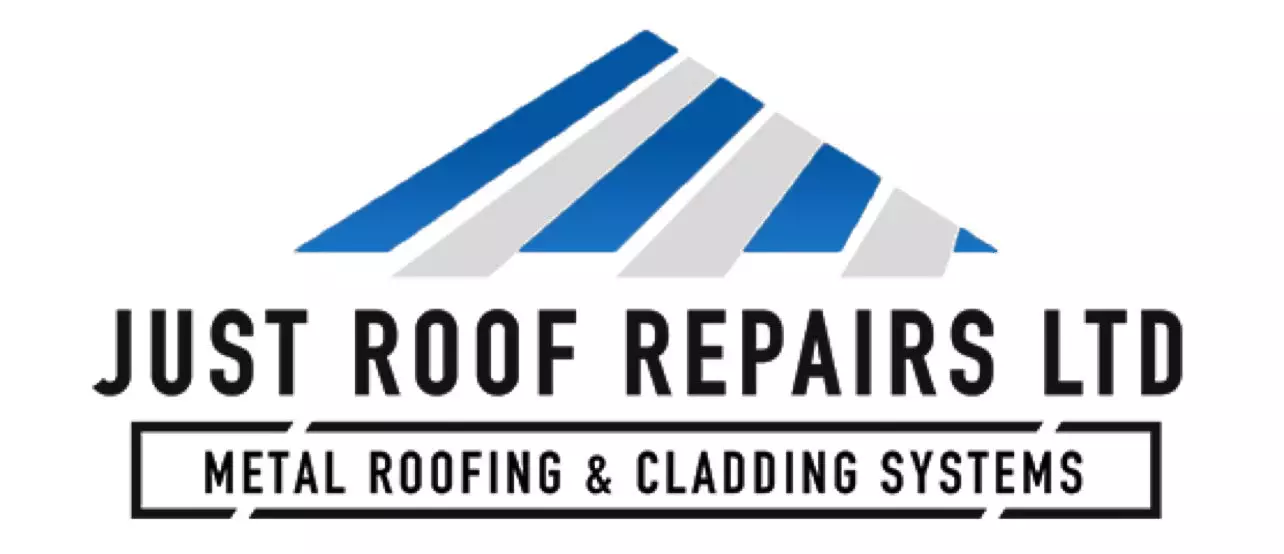When it comes to your roof, recognising the signs that it needs refurbishment rather than just minor repairs is essential. Visible shingle damage, persistent leaks, and a sagging structure can indicate deeper issues. If your energy bills are rising or you spot moss and algae, these could be red flags. Understanding these indicators will help you maintain your home’s integrity and safety—let’s explore what to look for next.

Key Takeaways
- Visible shingle damage, such as discolouration or cracks, indicates the need for refurbishment rather than minor repairs.
- Persistent leaks and water damage signify underlying issues that require thorough refurbishment to prevent mould and structural damage.
- A sagging roof structure is a clear sign of serious problems that necessitate immediate professional assessment and potential refurbishment.
- Increased energy bills may suggest compromised roof integrity, indicating the need for refurbishment to improve efficiency and reduce costs.
- The presence of moss and algae growth not only affects aesthetics but can also lead to health risks and structural integrity issues, necessitating refurbishment.
Visible Shingle Damage
Visible shingle damage is often the first indicator of a roof in need of refurbishment. When you inspect your roof, look for signs of shingle discolouration, which may suggest age or wear.
If you notice patches of colour fading or uneven tones, it’s a clear signal that your shingles are deteriorating. Additionally, cracked shingles can compromise the integrity of your roof.
These cracks often occur due to extreme weather conditions or improper installation. If you spot any cracked shingles, you should address them promptly, as they can lead to further issues down the line.
Persistent Leaks and Water Damage
Persistent leaks and water damage are significant indicators that your roof may require refurbishment. If you notice persistent moisture in your home, it’s essential to address the issue promptly.
Water stains on ceilings and walls often reveal underlying problems, such as damaged flashing or compromised shingles. These stains can also indicate that water is infiltrating your home, leading to mould growth and structural damage.
Minor repairs may temporarily alleviate the issue, but when leaks persist, it’s a sign that your roof’s integrity is compromised. A thorough inspection by a professional can help determine if refurbishment is necessary to prevent further damage and safeguard the long-term health of your home.
Don’t ignore these signs; they could save you from costly repairs down the road.
Sagging Roof Structure
If you notice your roof sagging, it’s essential to take immediate action, as this condition often signals serious structural issues.
A sagging roof typically indicates that the roof support system is compromised, affecting its load-bearing capacity. This could stem from water damage, excessive weight from snow or debris, or deterioration of the rafters and trusses.
Ignoring this problem can lead to further damage, potentially resulting in roof collapse. It’s vital to consult with a professional to assess the situation and determine whether refurbishment is necessary.
They’ll evaluate the integrity of your roof support and recommend appropriate solutions to restore stability and safety, ensuring your home remains protected from the elements.
Don’t delay; address sagging roofs promptly.
Increased Energy Bills
A sagging roof structure can often lead to increased energy bills, as it compromises the insulation and overall efficiency of your home.
When your roof isn’t properly supporting its weight, it can create insulation issues, allowing conditioned air to escape and external temperatures to seep in. This results in your heating and cooling systems working overtime, considerably impacting energy efficiency.
You may notice your HVAC system running longer or higher energy bills month after month. If you’re experiencing this situation, it’s essential to assess your roof’s condition.
Ignoring these signs can lead to more extensive damage and higher costs. Investing in refurbishment now can restore your roof’s integrity, improve energy efficiency, and ultimately lower your bills.
Age of the Roof
As roofs age, their materials naturally deteriorate, leading to potential vulnerabilities that can compromise your home’s integrity.
Most roofs have a lifespan of 20 to 30 years, depending on the material used. If your roof is approaching or has surpassed this timeframe, it’s essential to evaluate its condition closely.
A thorough examination of your roof’s maintenance history can provide insights into its overall health. Regular maintenance can extend a roof’s life, but neglect can accelerate deterioration.
If you’ve skipped routine inspections or repairs, it might be time to contemplate refurbishment. Don’t wait for leaks or structural issues to arise; proactive assessment of an aging roof can save you from more extensive and costly repairs down the line.
Moss and Algae Growth
Moss and algae growth on your roof can pose serious health risks, particularly for those with allergies or respiratory issues.
Additionally, these organisms can compromise the structural integrity of your roofing materials, leading to costly repairs.
Beyond these concerns, the presence of moss and algae can greatly detract from your home’s aesthetic appeal, diminishing its overall value.
Health Risks Involved
When left unchecked, the growth of moss and algae on roofs can pose significant health risks to occupants and visitors alike.
These organisms can trap moisture, creating an ideal environment for mould development. Mould exposure can lead to various respiratory issues, particularly in sensitive individuals, including asthma, allergies, and other chronic conditions.
You mightn’t realise it, but the spores released into the air can contaminate indoor spaces, exacerbating existing health problems. Furthermore, prolonged exposure to these allergens can compromise your immune system.
It’s vital to address moss and algae growth promptly to minimise these risks. Regular maintenance and timely refurbishment of your roof can help guarantee a healthier living environment for everyone in your home.
Structural Integrity Concerns
While it’s easy to overlook the impact of moss and algae growth on your roof, these seemingly harmless organisms can seriously threaten its structural integrity.
Over time, they can retain moisture, leading to rot and decay in roofing materials. This moisture accumulation can compromise roof stability, weakening the load-bearing capacity of your roof.
If left unaddressed, moss and algae can create an environment for further deterioration, increasing the risk of leaks and structural failure.
Regular inspections and timely removal of these organisms are essential in maintaining both the longevity and safety of your roof.
Don’t wait for visible signs of damage; take proactive measures to guarantee your roof remains strong and secure against the elements.
Aesthetic Deterioration Issues
The presence of moss and algae on your roof can considerably impact its visual appeal.
These organisms thrive in damp conditions and can quickly spread across your roof design, leading to unsightly discolouration. As they accumulate, they not only detract from your home’s aesthetic appeal but may also indicate underlying moisture issues.
You might notice patches of green or black that can make your roof look neglected. This degradation can signal the need for more than just minor repairs, as it suggests that your roof’s surface may be compromised.
If you observe persistent growth despite routine cleaning, it’s crucial to contemplate a refurbishment to restore both beauty and functionality to your roof.
Frequently Asked Questions
How Can I Find a Reliable Roofing Contractor for Refurbishment?
To find a reliable roofing contractor for refurbishment, start by checking contractor reviews online.
Look for feedback from previous clients to gauge their quality of work.
Ascertain the contractors meet local licensing requirements, as this indicates they’re qualified and adhere to safety standards.
It’s also wise to request quotes from multiple contractors, allowing you to compare services and prices.
This thorough approach helps you make an informed decision on your roofing project.
What Materials Are Best for Roof Refurbishment?
When considering materials for roof refurbishment, metal roofing stands out for its durability and low maintenance. It’s resistant to harsh weather and can last decades.
Additionally, eco-friendly materials like recycled shingles and green roofs not only reduce environmental impact but also improve your home’s energy efficiency.
Combining these options can provide a long-lasting, sustainable solution that protects your home and the planet, ensuring you make a wise investment in your roof’s future.
How Long Does a Roof Refurbishment Typically Last?
A roof refurbishment typically lasts between 15 to 30 years, depending on the materials used and the quality of the work.
By investing in refurbishment, you improve your roof lifespan and benefit from increased durability and energy efficiency.
Regular maintenance can further extend this lifespan, ensuring that your roof functions effectively over time.
Ultimately, a well-executed refurbishment can save you money and stress in the long run.
Can I Do Roof Refurbishment Myself or Hire Professionals?
You can choose between DIY roofing or hiring professional services for your roof refurbishment.
If you have the right skills and tools, tackling it yourself might save you money.
However, professionals bring expertise, ensuring a thorough job and potentially preventing future issues.
Weigh your experience against the complexity of the project.
If it’s extensive, hiring professionals could be a safer option, ensuring quality and longevity for your roof.
What Permits Are Needed for Roof Refurbishment Projects?
For roof refurbishment projects, you’ll need to acquire specific roofing permits, which vary by location.
These permits guarantee compliance with building regulations that govern structural integrity and safety.
Before starting, check with your local municipality to determine the exact requirements. This can include zoning permits, structural assessments, or inspections.
Ignoring these regulations could lead to fines or complications, so it’s essential to have all necessary permits in place before proceeding.
Conclusion
To sum up, recognising the signs that your roof needs refurbishment is crucial for protecting your home. If you see visible shingle damage, experience persistent leaks, or notice a sagging structure, it’s time to act. Increased energy bills and the presence of moss or algae also signal underlying issues. Don’t wait until minor repairs become major problems; consult a professional to assess your roof and guarantee your home remains safe and sound.


